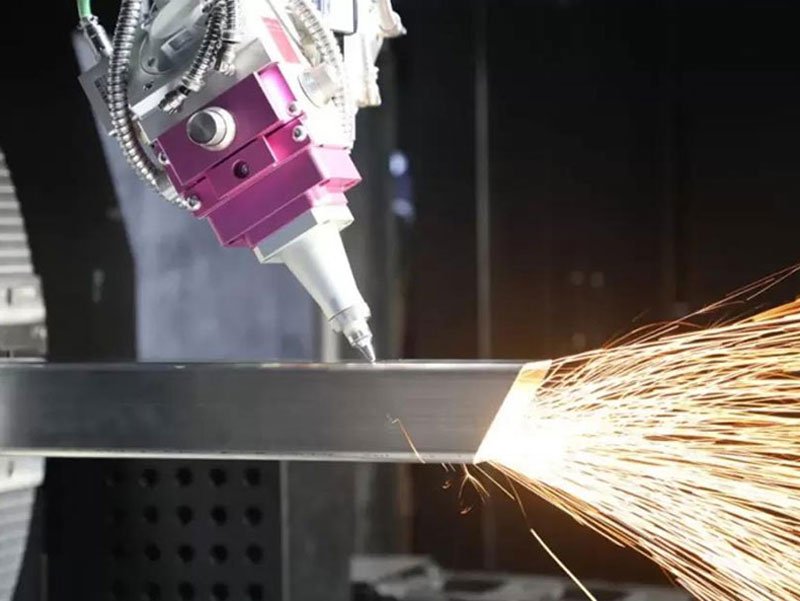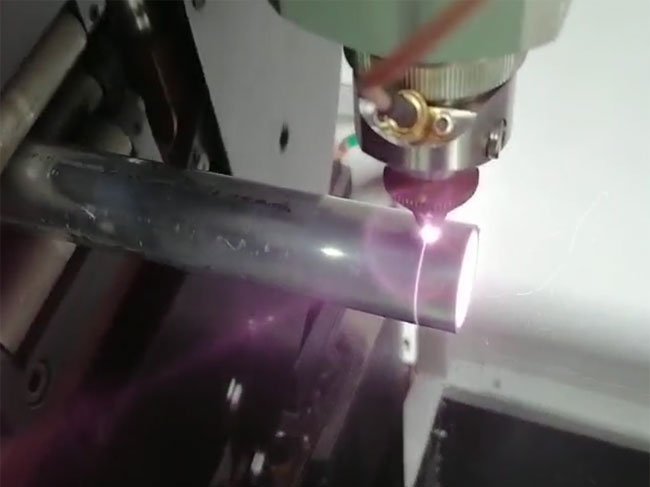Cutting metal tubing is a critical skill in a variety of DIY projects, home repairs, and professional tasks. Whether you use copper for piping, steel for structural engineering, or aluminum for lightweight frames, knowing the right techniques and tools can significantly improve the quality of your work.
In this guide, we’ll explore how to cut metal tubing, various methods and best practices for cutting metal tubing effectively and safely.

How to Cut Metal Pipe: A Comprehensive Guide
1. Safety first
Please prioritize your safety before starting the cutting process. Wear protective gear such as goggles, gloves, and ear protectors. Make sure your workspace is well ventilated, especially when you use power tools that may generate sparks or fine metal shavings.
2. Measurement and marking
Accuracy is key. Measure the length of the pipe you need, then use a marker or chalk to mark where you want to cut. You can use a metal file to create a small notch in the mark as a guide to the cutting tool.
3.What to use to cut metal pipe
You can use a variety of tools, depending on the material and thickness of the pipe.
Hacksaw: The most basic tool for cutting metal tubing. Ideal for small projects and thinner pipes. Make sure the blade is sharp and fits the metal you want to cut.
Pipe Cutter: Ideal for clean, precise cutting, especially of copper and aluminium tubes. Rotate the pipe cutter around the pipe and gradually tighten it until it cuts through.
Angle grinder: A versatile tool that can handle thicker, harder metal tubes. Use a metal cutting disc and make sure both hands are stable for straight cutting.
Reciprocating Saw: Ideal for larger piping and demolition jobs. It is less precise, but very effective for fast cutting.
Pipe Cutting Tool: Designed for thin-walled metal tubes such as those used in pipes. It provides clean, precise cutting with minimal effort.
4. Cutting process
Once you’ve selected the tool, it’s time to cut:
Secure Pipe: Use a vice or clamp to securely hold the pipe in place. This stability is essential for straight and safe cutting.
Start cutting: For hand tools such as hacksaws or pipe cutters, pressure should be applied lightly at the beginning and increased as grooves are formed. For power tools, keep your hands steady and let the tool do the job without force.
Follow-up: Continue until the cutting is complete. For thicker pipes, you may need to rotate the pipe and repeat the process from another angle.
5. Final work
After cutting, you will often find burrs or rough edges. Use a metal file or deburring tool to smooth these edges. This step is especially important for piping installations to ensure proper installation and prevent leaks.
6. Cleaning and maintenance
Finally, clean up any metal shavings or debris to ensure the safety of the workspace. Regular maintenance of your tools will also ensure they remain sharp and effective for future use.

How to cut copper pipe
Copper pipes are widely used in plumbing due to their durability and reliability. Cutting copper pipe accurately is essential for ensuring leak-free joints and a professional finish in your plumbing projects. Here’s a step-by-step guide on how to cut copper pipe efficiently and safely.
Cutting copper pipe tools you need
Pipe Cutter: The best tool for clean, square cuts.
Hacksaw: If you don’t have a pipe cutter, you can use a hacksaw.
Metal file or deburring tool: Smoothes the cut edges.
Mark: Mark the cutting line.
Tape measure: for precise measurements.
Safety instructions
Wear goggles to protect your eyes from metal shavings.
Make sure your workspace is stable and well-lit.
Keep your hands away from the blade.
Steps to Cut Copper Pipe
1. Measure and mark pipes
Use a tape measure to measure the length of the required pipe. Mark the cutting line with a marker. Accuracy at this stage is essential to ensure proper fit during installation.
2. Fixed piping
Secure the pipe with a vice or clamp. This prevents the pipe from moving during the cutting process, ensuring a straight cut.
3. Positioning pipe cutting machine
If using a pipe cutter, open the jaws and place them around the pipe, aligning the cutting wheel with the marking line. Make sure the cutter is perpendicular to the pipe for square cutting.
4.Tighten and rotate
Gently tighten the pipe cutter and rotate around the pipe. After each full turn, tighten the tool slightly. Continue this process until the pipe is cut. Avoid excessive pressure to avoid deformation of the pipe.
5.Cut with a hacksaw
If using a hacksaw, align the blade with the marking line. Use a steady, even stroke to cut the pipe. Try to keep the saw straight to avoid angled cuts.
6. Pipe deburring
After cutting, you may find a burr on the inside of the pipe. Use a metal file or deburring tool to remove it, as it can obstruct water flow and cause turbulence.
7. Clean pipes
Wipe the cut end of the pipe to remove any metal chips or debris. This step is essential to ensure that the welding or installation surface is clean and smooth.

Conclusion
Cutting metal tubes may seem daunting, but with the right tools and techniques, the task can be done efficiently and safely. Remember, the keys to successful cutting are preparation, precision and patience. Whether you’re a DIY enthusiast or a professional, mastering this skill will undoubtedly come in handy for numerous projects.
